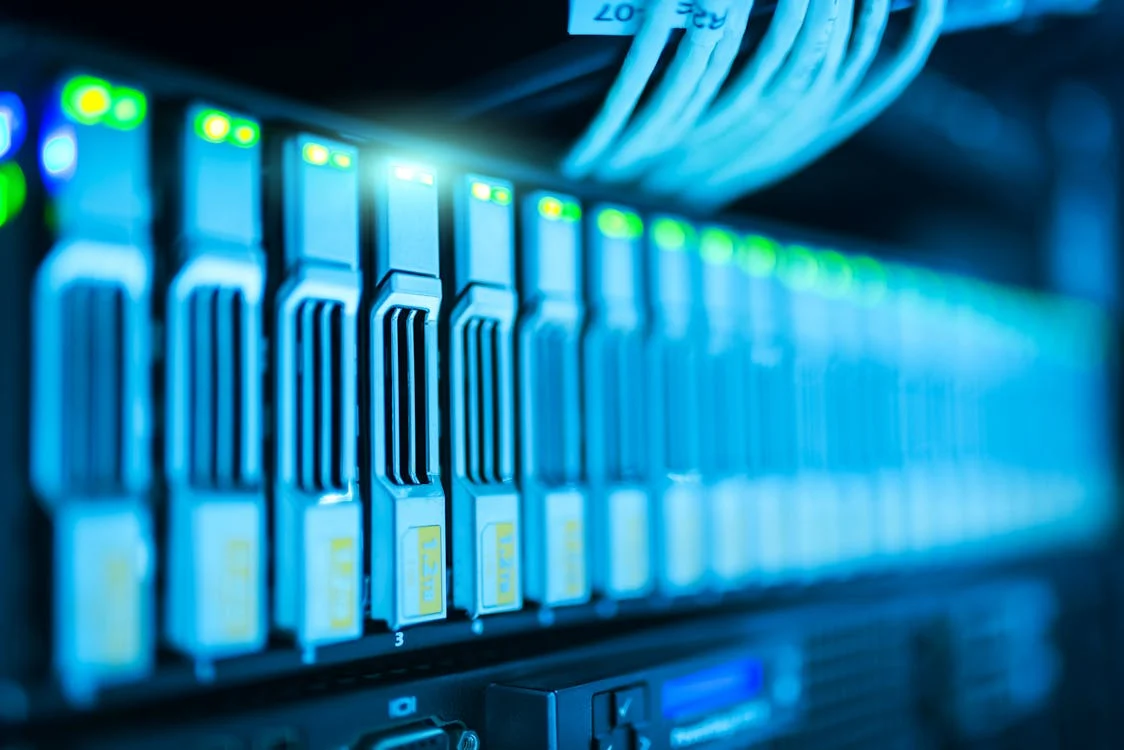In the present advanced age, the importance of Cybersecurity couldn’t possibly be more significant. With a rising number of online dangers and pernicious entertainers trying to think twice about data, it is urgent for people to find proactive ways to safeguard themselves on the web. This article fills in as an exhaustive manual for Cybersecurity, offering bits of knowledge into understanding Cyber Threats, carrying out prescribed procedures for shielding information, and making a vigorous network safety activity plan. By following the tips and methodologies illustrated in this article, perusers can sustain their web-based safeguards and explore the computerized scene with certainty and security.
1. Understanding Cyber Security Threats

The Scene of Cyber Threats
Okay, so picture this: the web resembles a wild, wild west, yet rather than cowpoke shootouts, we have programmers and cybercriminals attempting to unleash destruction. The scene of Cyber Threats is tremendous and consistently advancing, making it vital to remain educated and watchful.
Common types of Cyber attacks
Digital aggressors have a bigger number of stunts up their sleeves than a performer at a birthday celebration. A few normal sorts of Cyber attacks incorporate phishing, malware, ransomware, and standard beast force assaults. Realizing your foe is critical to guarding yourself on the web.
2. Importance of Strong Passwords

Creating Secure Passwords
We should get one thing straight: utilizing “secret phrase” as your secret key is comparably secure as leaving your front entryway completely open with a sign that expresses, “Enter!” Make Strong passwords with a blend of letters, numbers, and unique characters to keep those digital baddies under control.
Using Password Managers
On the off chance that you’re like me and can’t recollect what you had for breakfast, not to mention a gazillion various passwords, dread not! Secret word administrators are here to make all the difference. These clever apparatuses store every one of your passwords in one secure vault, so you just have to recollect one expert secret phrase. Easy as pie.
3. Implementing Multi-Factor Authentication
How Multi-factor authentication Works
Consider Multi-factor authentication (MFA) as having not one, not two, however three bouncers actually taking a look at your ID prior to giving you access to the club. MFA adds an additional layer of safety by requiring various certifications to check your personality, making it harder for digital baddies to drop in on the party.
Setting Up Multi-factor Authentication
Setting up MFA resembles putting a latch on your digital entryway. Most web-based stages offer MFA choices, for example, getting a code on your telephone or utilizing a biometric filter. Require a couple of additional seconds to set up MFA, and you’ll rest sufficiently realizing your virtual fort is sustained.
4. Recognizing Phishing Scams

What is Phishing?
No, we’re not looking at getting fish here. Phishing is when digital hooligans attempt to bait you into surrendering delicate data, similar to your login accreditations or Mastercard subtleties, by claiming to be somebody reliable. It resembles a computerized con game, and no one enjoys being Scamed.
Signs of phishing attempt
Detecting a phishing endeavor resembles recognizing a phony originator pack — when you know what to search for, it’s really self-evident. Keep an eye out for dubious messages requesting individual data, pressing solicitations for cash or login subtleties, and problematic connections that appear to be unrealistic. People, stay sharp.
5. Securing Your Devices and Networks

Updating Operating Systems and Software
Consider refreshing your working framework and programming like giving your gadgets a truly necessary spa day. These updates frequently incorporate imperative security fixes that keep programmers under control. Thus, make sure to hit that “update” button routinely and keep those digital crooks honest.
Using Antivirus and Anti-Malware Programs
It resembles having a computerized safeguard for your gadgets. Antivirus and against malware programs help track down and quarantine those bothersome online infections and malware attempting to unleash devastation on your advanced life. They’re like the superheroes of the digital world.
6. Keeping Software up to Date

The importance of Software Updates
Picture this: programming refreshes resemble getting new food. They assist with keeping your advanced storeroom loaded with the most recent security fixes and component upgrades. In this way, don’t hold on until your product begins to get rotten — update routinely.
How to keep your Software Updated
Set those product updates to programmed so you can sit back, unwind, and let your gadgets accomplish the security work for you. Keep in mind that staying up to date not only pertains to the most recent fashion trends, but it is also an essential component of safeguarding your digital life.
7. Protecting Personal Information

Protecting Sensitive Data
Your personal information is like a prized possession. Keep it close and protect it fiercely. Whether it’s your government managed retirement number or your #1 pizza beating, try to keep delicate information out of some unacceptable hands by areas of strength for utilizing and encryption.
Securing Online Accounts
Consider your internet based accounts valuable pearls: they need security! Set up two-factor confirmation, utilize extraordinary passwords for each record, and avoid dubious connections and messages. Your records will thank you for the additional security tender loving care.
8. Creating a Cybersecurity Action Plan

Developing a Personal Cybersecurity Strategy
Now is the right time to channel your inward Cybersecurity master and art a strategy. Recognize likely dangers, frame preventive measures, and be prepared to get a move on when a security break happens. Keep in mind, being arranged is around 50% of the fight won.
Responding to Security Incidents
In case of a security episode, keep even-tempered like a digital wise hero. Inform the important gatherings, change compromised passwords, and gain from the experience to sustain your guards for what’s in store. Keep in mind, each network protection difficulty is an opportunity to return quickly and more grounded. Cybersecurity awareness and practices are more important than ever before as technology continues to advance. By remaining informed, carrying out safety efforts, and keeping up with cautiousness on the web, people can essentially lessen their gamble of succumbing to Cyber Threats. Keep in mind, network safety is a common obligation, and by finding proactive ways to safeguard yourself on the web, you can add to a more secure and safer computerized climate for all.
FAQ
1. What is the importance of cybersecurity for individuals?
2. Who ought to be aware of the most typical kinds of cyberthreats?
3. How might I make Strong and secure passwords?
4. How would it be a good idea for me to respond on the off chance that I suspect I have succumbed to a phishing Scam?











